Emblems of suburban sophistication and California surf culture, woodies, or wood paneled cars, remain evocative of a bygone automotive era.
Knock On Wood

The first cars, like the horse-drawn carriage they were based on, were made of wood. Though steel became the material of choice for mass-produced automobiles, for a time, wood bodies and paneling were the height of luxury and fashion. From the 1930s through the early 1950s, major American automakers offered woody wagon variants of their best models. But upkeep on wood bodied cars proved expensive and cumbersome for buyers and by the early 1950s, woody cars were on their way out.
Woody wagons would see a resurgence in popularity in the surfing scene of California in the late ‘50s and early ‘60s, where the dry weather was most conducive to preserving the wood’s condition. Today, woody wagons (and cars), especially those in good condition, are rare but spectacular classics that consistently turn the heads of even the most of jaded car fans.

The 1970s saw renewed interest in wood paneled cars. But this time, manufacturers chose the more economical path of fake wood paneling. In fact, the ‘70s and ‘80s saw more different models offering faux wood paneling than there were original woody cars. Everything from the El Camino to the Dodge Caravan offered fake wood panels (to match the fake wood paneling in your office, rec room, and church basement; seriously, fake wood paneling was everywhere back then).
Below are some of our favorite highlights of the first and second craze in wood paneled cars.
1929-31 Ford Model A
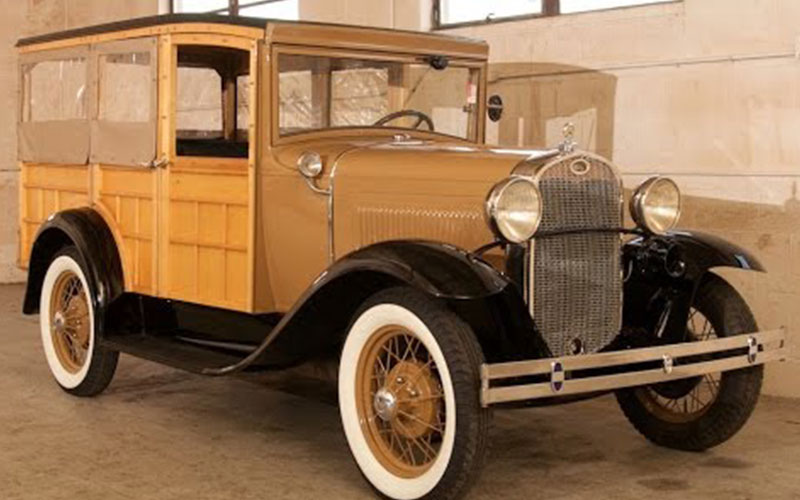
The Ford Model A Woody was the first mass-produced wood paneled car. Unlike later woody wagons, which emphasized leisure and luxury, the Model A woody was a work-oriented vehicle, then cheaper than steel-bodied cars. Henry Ford was so confident in the long-term viability of wooden automotive construction that he bought over 400,000 acres of woodland in Michigan’s Iron Mountain region to meet future demand.
1937-42, ’46-48 Ford De Luxe Station Wagon
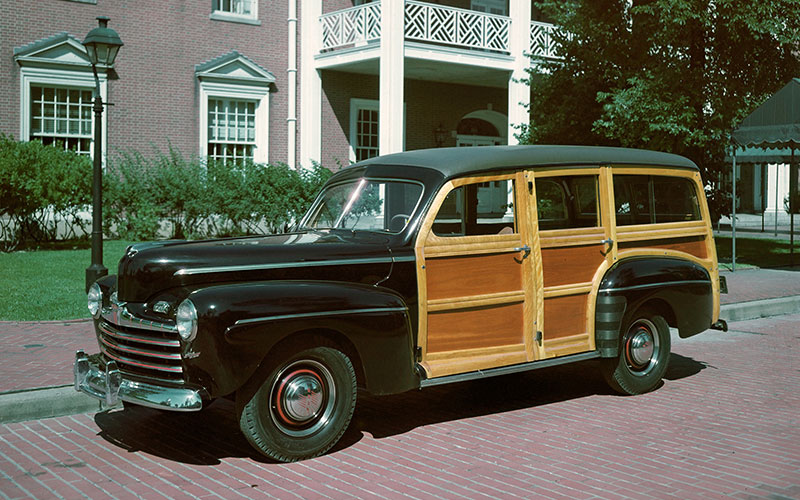
Produced first in the late 1930s and again in the late ‘40s, the Ford De Luxe Station Wagon is a classic of the woody wagon body style. The De Luxe was Ford upscale model, slotting just below the Lincoln lineup. It came in an abundance of body styles that included two- and four-door sedans, a convertible, coupe, a two-door van, ambulance, and of course, a two- or four-door woody wagon. A 3.6L V8 came as the standard De Luxe engine.
1940s-50s Buick Super/Special Estate Wagon and Roadmaster Estate
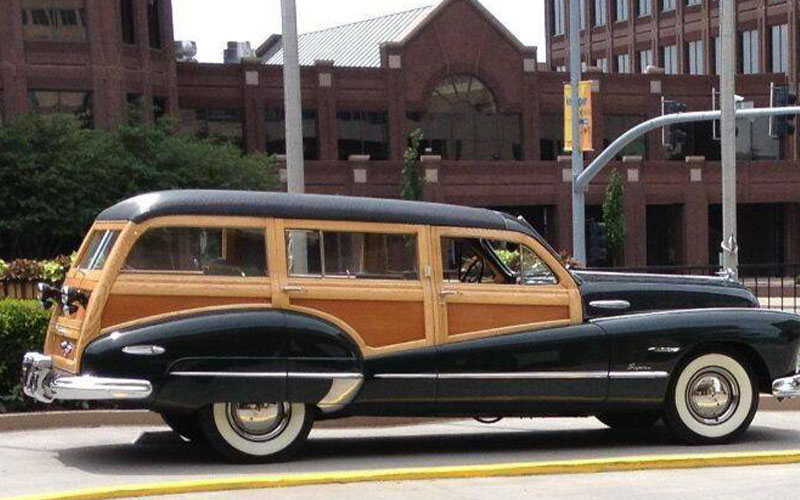
For the sophisticated woody wagon buyer there was the Buick Super Estate which debuted in 1940. The Buick Super Estate used mahogany and oak trim for a two-tone look befitting the upscale brand and got its power from a 248 cu-in “Fireball” straight-eight. In 1947, Buick released a woody wagon version of the fourth-generation Roadmaster. This Roadmaster Estate would continue into the car’s fifth generation, though using less wood than the fourth generation. In fact, the fifth-gen ’53 Roadmaster Estate would be last American-built car to use structural wood body parts (though many would continue to use wood paneling, real and fake). Even with less wood, the Roadmaster Estate is one of best looking woody wagons ever built.
1941-50 Chrysler Town & Country
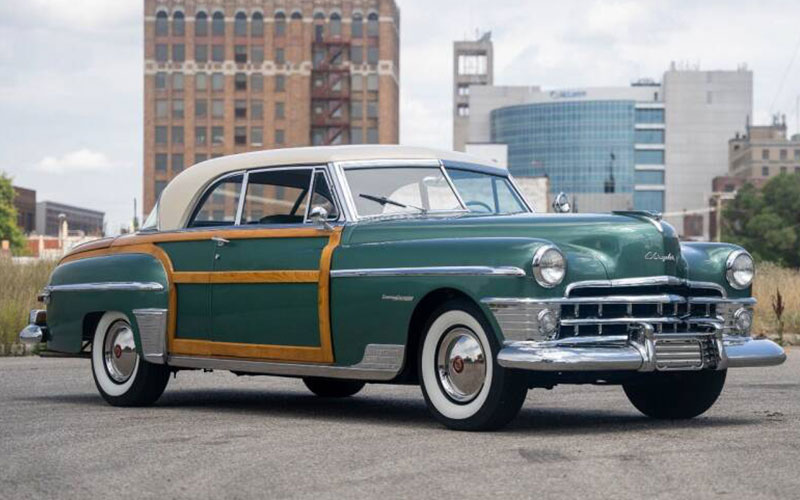
No, not the minivan, though we’ll get there. The original Chrysler Town & Country began as a four-door wagon to answer those from Ford and GM. The pre-war Town & Country wagon was produced in 1940 and ’41 and offered in six-passenger and nine-passenger versions. All but two ran a straight-six engine, while one in 1940 and another in 1941 were ordered with straight-eight engines. Less than 1,000 were built in ’41 (as the 42-model year) due to WWII. Post-war, production resumed on the Town & Country. While still a woody, gone was the wagon body style and in its place were options for a four-door sedan or a two-door convertible (very stylish), the latter of which was replaced for the final 1950 production year by a two-door woody hardtop. The Town & Country’s owner’s manual suggested varnishing every six months, evidence of the maintenance burden these cars represented.
1941-48, ’49-51 Mercury Eight Station Wagon
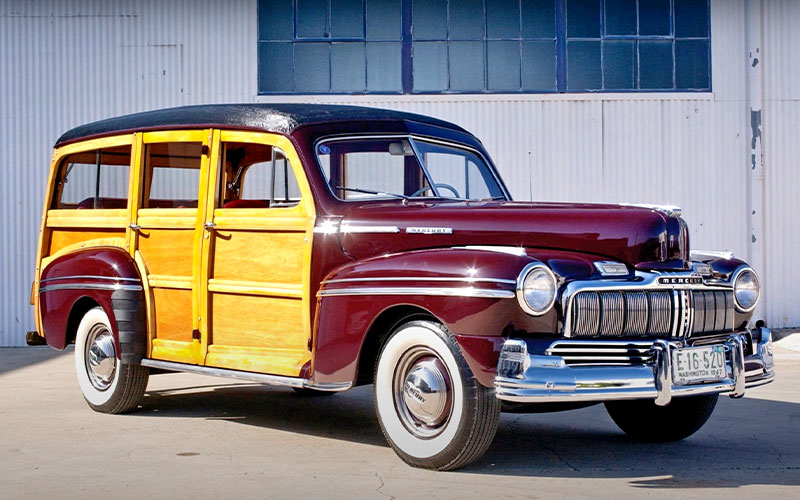
The second-generation Mercury Eight Station Wagon was based off the Ford Super De Luxe, share all its wood body parts (the Merc got the larger 239 cu-in Flathead V8). For its third generation, spanning from 1949 through 1951, the Mercury Eight went from a four-door to a two-door wagon. It also lost structural wood body parts in favor of steel supporting its wood paneling.
1946-48 Nash Ambassador Suburban
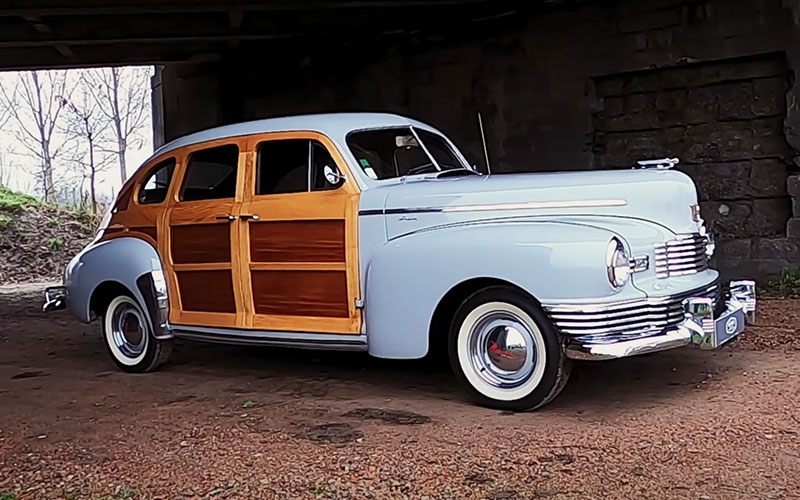
Though not a wagon, we felt compelled to mention the eminently charming Nash Ambassador Suburban. Then Nash’s top-of-the-line model, the woody Ambassador Suburban was a four-door sedan featuring suicide rear doors, ash trim and mahogany inlays, and luxury features like a Zenith radio. Exactly 1,000 were built, making the Nash Ambassador Suburban a rare collectable today.
1946-48 Ford Sportsman
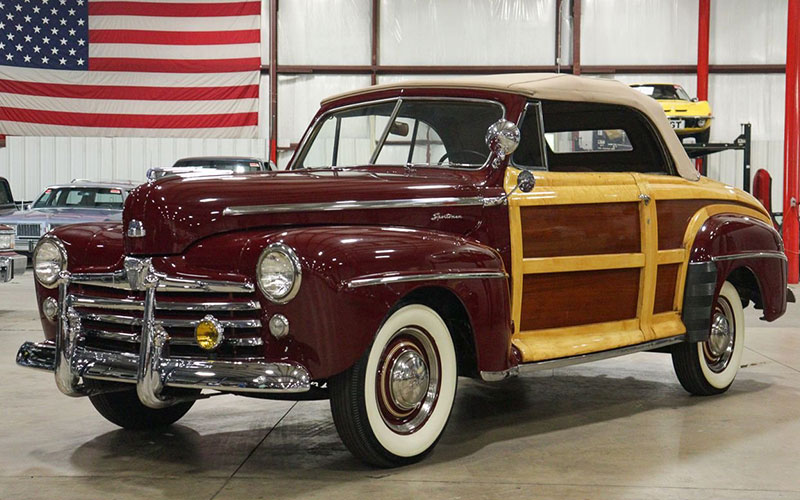
The Ford Sportsman wasn’t a wagon either, but it was likewise a charismatic car. Produced from 1946 through 1948, the Sportsman was another woody car built off the Ford Super De Luxe. This time, the new woody was a luxury two-door convertible. A price tag of just over $2,000, the Sportsman was the most expensive Ford model on offer at the time. Around 3,500 were built, just 29 of which were produced for the 1948 model year.
Fake Woodies
As we noted above, the 1970s and ‘80s saw the renewed popularity of wood paneling, this time without the actual wood.
’70-76 Ranchero Squire and ’73-76 Chevrolet El Camino
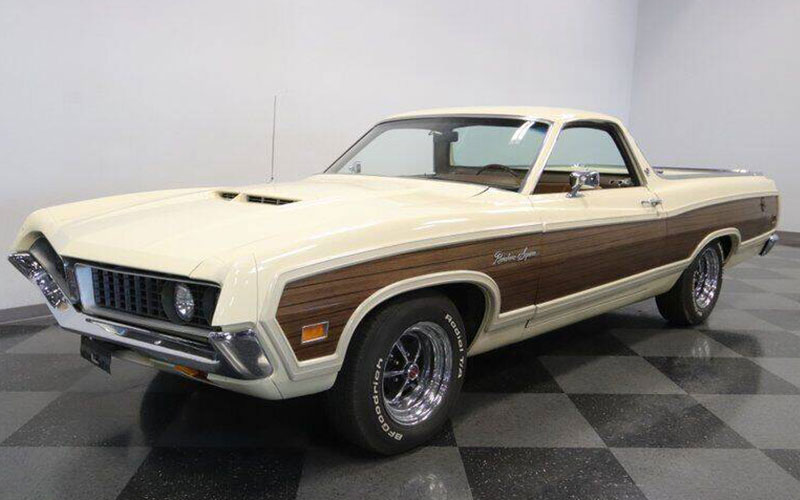
Known as the mullet of cars, the Ranchero and El Camino offered a unique mix of utility and fun, and in the mid-70s you could order either with faux wood paneling.
’70-91 Jeep Wagoneer
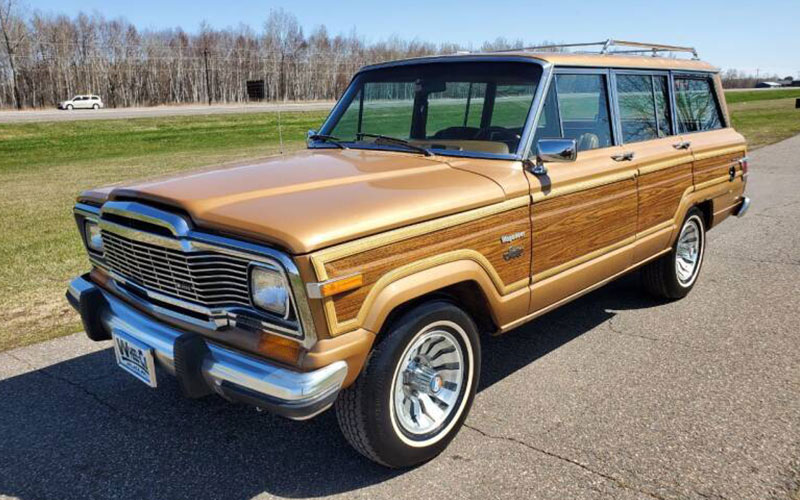
With over two decades sporting wood panels, the Jeep Wagoneer is synonymous with the design. It’s a shame Stellantis hasn’t seen fit to give the new Grand Wagoneer exterior wood paneling.
’84-95 Dodge Caravan / Chrysler Town & Country
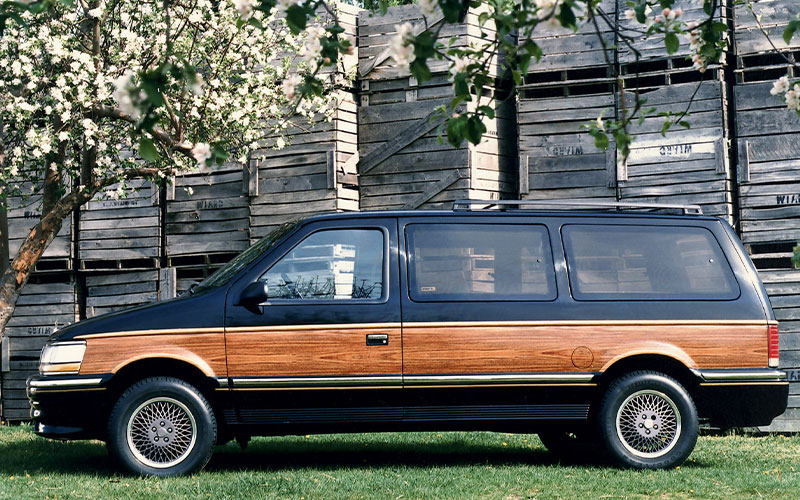
Lee Iacocca’s answer to Chrysler’s woes was, in part, a new product, the minivan. Of course, the Town & Country evoked its woody wagon namesake with fake wood paneling.
’83-86 Chrysler Le Baron Convertible
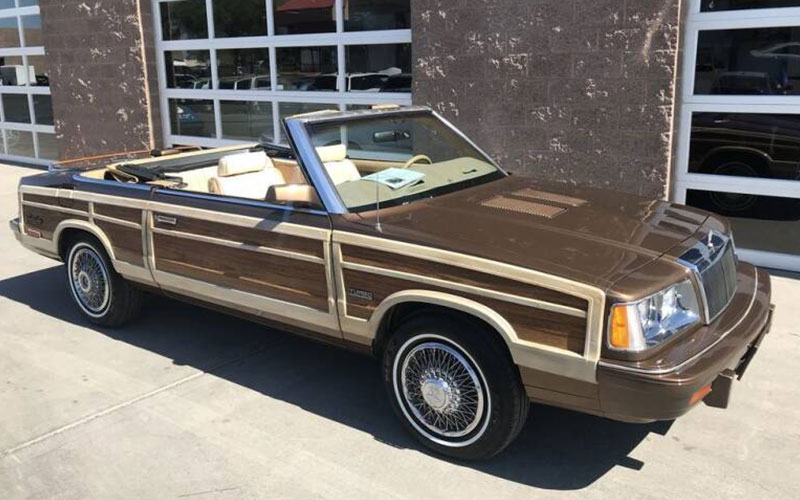
The Chrysler Le Baron Convertible is one of the most memorable wood paneled cars every made. Only surviving for three years, it appears the Le Baron Convertible wasn’t up to even the incredibly low fashion standards of the 1980s.
’69-91 Ford LTD Country Squire
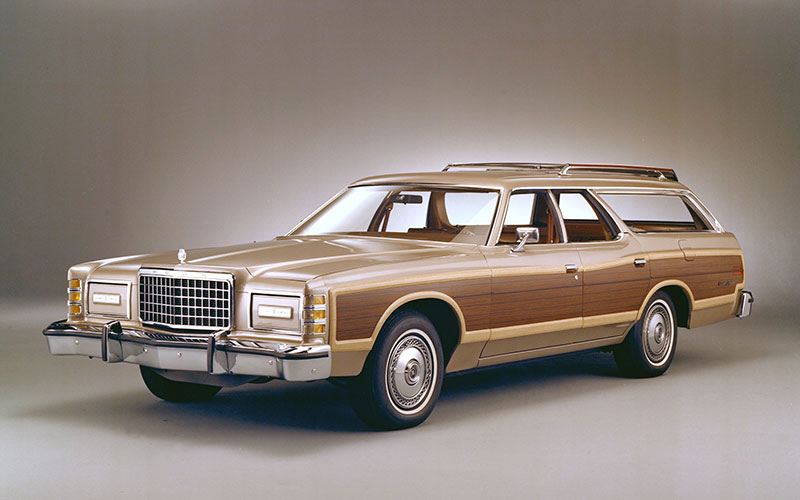
The Ford LTD Country Squire is a classic of the station wagon body style. And as such, it’s only natural that it was offered with faux wood paneling.
1980-88 AMC Eagle
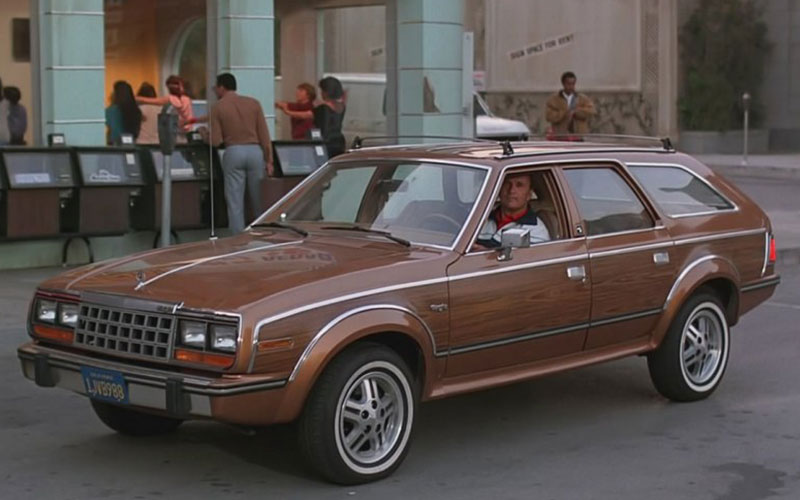
Before there was the Subaru Outback, before the Ford Explorer, the AMC Eagle was the original sport utility vehicle. Naturally, it could be ordered with wood paneling.
Woody Wagons In Pop Culture
Obviously, the coolness of woody wagons hasn’t gone unnoticed. Surf music icons Jan and Dean sang about one in their 1963 classic “Surf City” with the lyric, “I got a ‘30 Ford wagon and we call it a woodie…you know it’s not very cherry it’s an oldie but a goodie.” In the 1980s comedy National Lampoon’s Summer Vacation, Clark Griswald drives his family to Walley World in a Wagon Queen Family Truckster (a Ford LTD Country Squire specially modified by George Barris, best known for his work on the original Batmobile). The Truckster’s faux wood panel works perfectly with the car’s hideous split-pea green paint job. For a more heroic hero car, there’s the 1948 Packard Eight Woodie in HBO’s excellent Lovecraft Country.


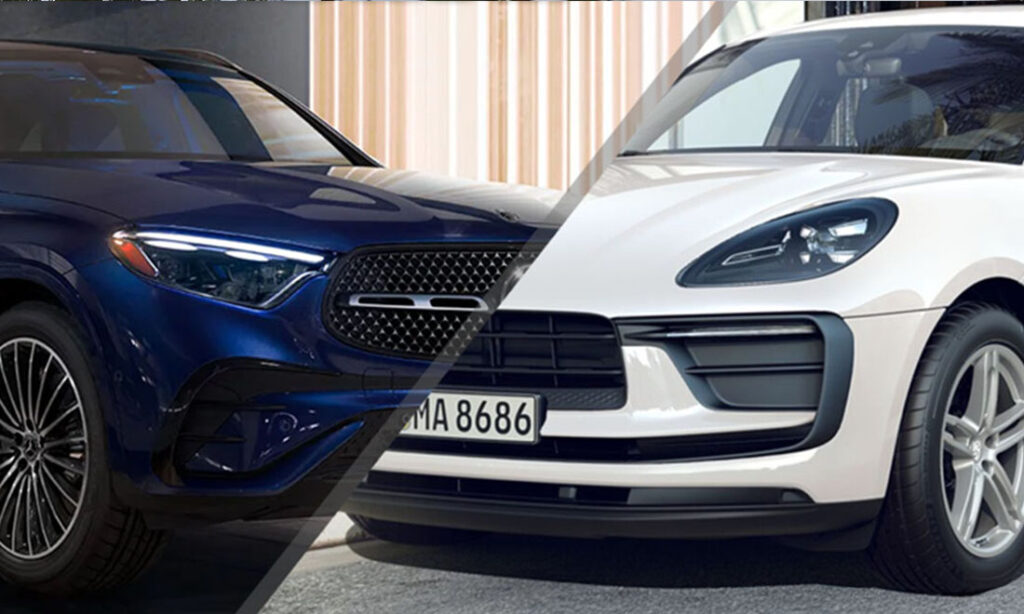
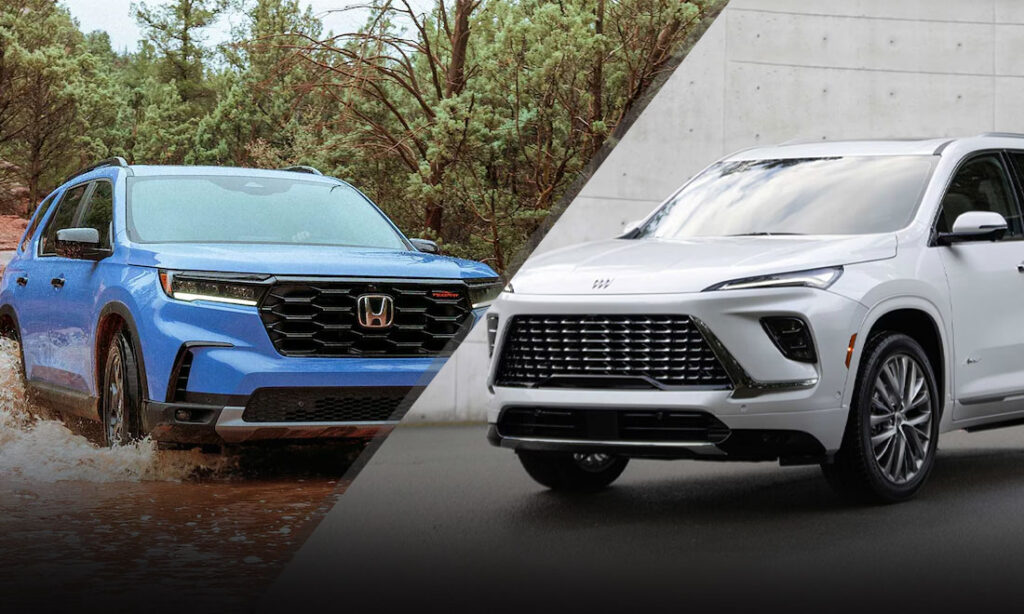
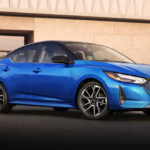

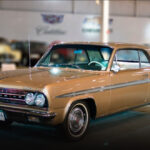

Chrysler woody convertible mfg for four years ‘83, 84, 85, 86. Total 3,705 mfg. I have one